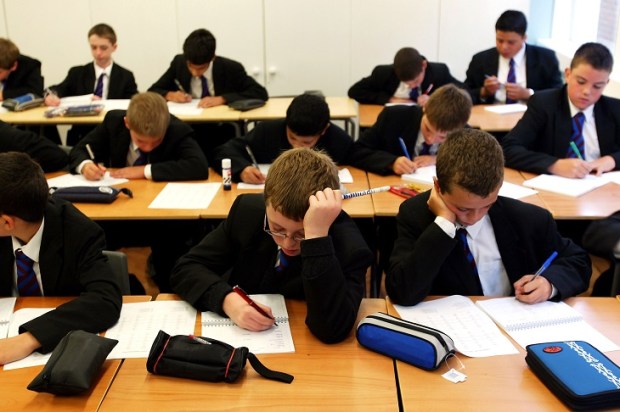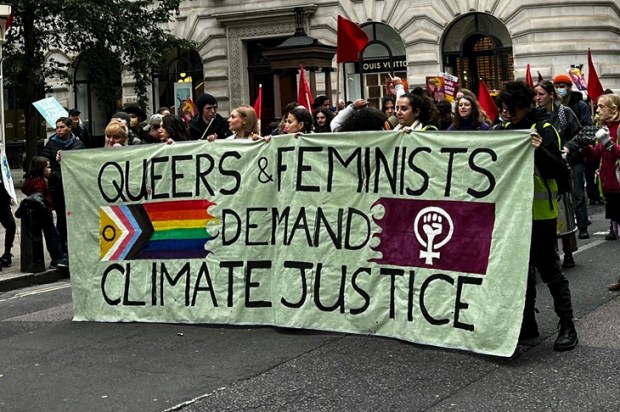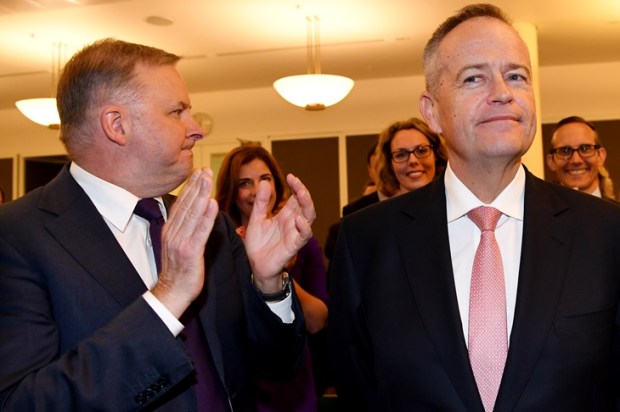The Australian War Memorial, arguably the nation’s most important cultural institution, has been unfairly targeted by cultural revisionists.
Most recently social commentator Dean Ashenden criticised its refusal to include Australia’s so-called ‘border wars’ in its narratives.
He claimed, “Given that the matter to be avoided, concealed or denied was, precisely, war, the AWM can be regarded as concealment’s epicentre.”
Much as I admire most of Dean Ashenden’s written work, he fails markedly in this epistle of hate and personal denigration of the current Director of the Australian War Memorial.
Brendan Nelson, given that he was a politician – and to my mind, a pretty effective one – has brought much-needed change to the AWM.
However, he has not thrown the baby out with the bathwater in his long record of innovation.
The fact that neither he nor his Council support commemoration of the so-called ‘border wars’ can only be applauded.
I fervently hope that even a Labor government would be loath to change this view.
Ashenden’s thesis is patently clear in these statements of inclusiveness-seeking:
So far as can be told from their official biographies, none of the council’s members is drawn from or has any relationship with unions or other employees’ organisations, and none is from the “community sector” or from peace, nuclear disarmament or similar movements.
There are no young people; none is black, brown, yellow or brindle or, with one exception, from a non-Anglo-Celtic background.
None is Indigenous.
Again, so far as can be seen in the official biographies, none is associated with or representative of former allies, much less former foes.
The council is top-heavy, military-dominated, male-dominated, Anglo-dominated and deeply integrated into the Establishment.
It is representative of and sees itself as defending the interests of those who are commemorated
It is entirely unrepresentative of the nominal commemorators, the Australian community.
It offers a case study in the workings and consequences of what some economists would call ‘provider capture’.
Ashenden needs to rethink his diatribe and apply some of the academic prowess he has shown in other writing.
Some of the AWM council’s past and present members were office-holders in philanthropic organisations, while former WA Labor politician and Vietnam veteran Graham Edwards clearly contradict Ashenden’s narrow views.
Former council member Ben Roberts-Smith VC MG and current member Daniel Keighran VC are both young.
All of us born here should be able to regard ourselves as indigenous.
The AWM council is by its nature, male-dominated and military-dominated since males have traditionally formed the vast part of Australia’s overseas operational deployments.
If it is Anglo-dominated then that reflects Australia’s largely European centric population, English 25.9 per cent, Australian 25.4 per cent, Irish 7.5 per cent, Scottish 6.4 per cent, Italian 3.3 per cent, German 3.2 per cent, Chinese 3.1 per cent, Indian 1.4 per cent, Greek 1.4 per cent, Dutch 1.2 per cent, other 15.8 per cent, which includes Aboriginal Australians .5 per cent, unspecified 5.4 per cent.
The AWM’s role is to represent and defend the interests of those commemorated.
Australians should expect no less.
Ashenden should rethink his position.
Otherwise, his writing should be consigned to the rubbish-heap of failed history.
Neil Churches served 51 years in the Australian Army.
Got something to add? Join the discussion and comment below.
Got something to add? Join the discussion and comment below.
Get 10 issues for just $10
Subscribe to The Spectator Australia today for the next 10 magazine issues, plus full online access, for just $10.


























Comments
Don't miss out
Join the conversation with other Spectator Australia readers. Subscribe to leave a comment.
SUBSCRIBEAlready a subscriber? Log in